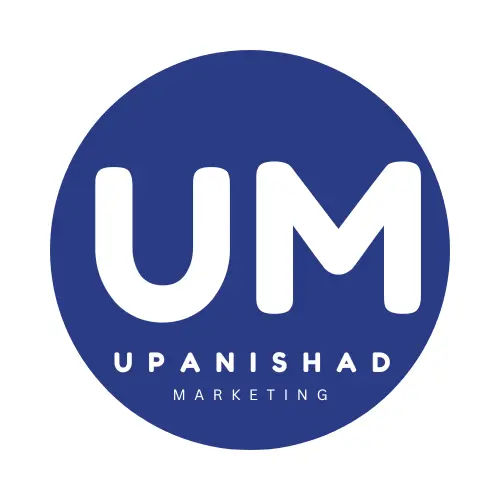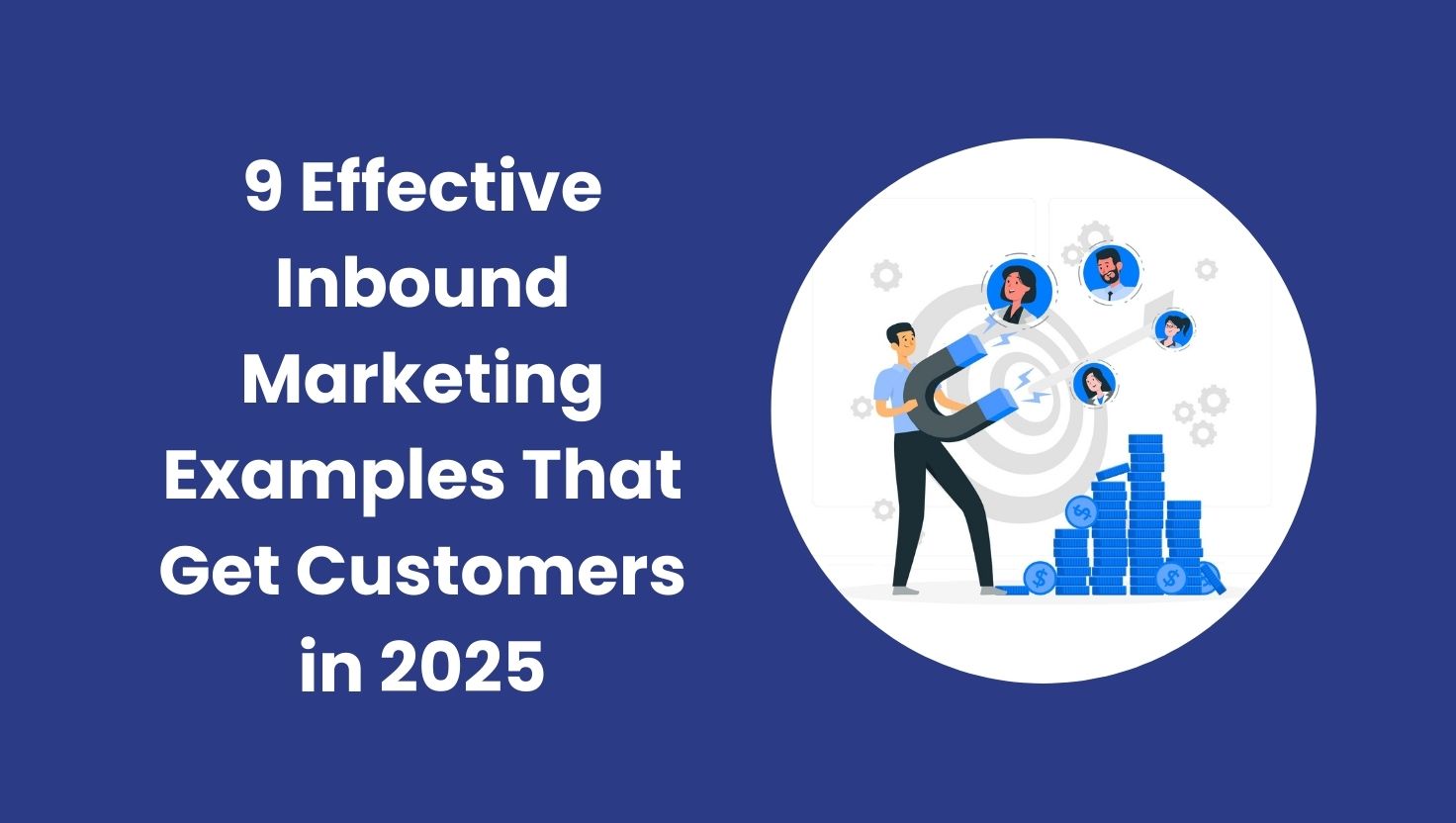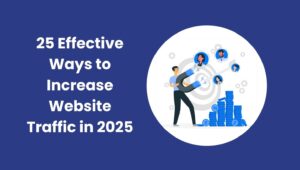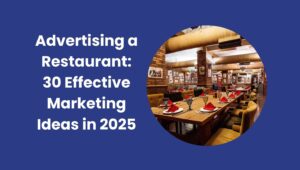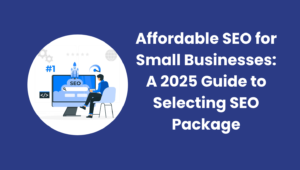Inbound marketing is all about attracting customers to you—no pushing, no cold calls. Instead of shouting your message, you create valuable content that pulls people in. If you’re tired of chasing leads and want to build a long-term brand, this article will show you 9 inbound marketing examples that actually work in 2025.
These aren’t just any examples. They’re designed to get customers, build trust, and grow your business naturally. Whether you’re new to inbound or a seasoned marketer, these real-life strategies will help.
Table of Contents
Here are 9 effective inbound marketing examples that get customers in 2025:
1. Creating Free Tools that Solve a Problem
Everyone loves free stuff, especially when it makes their life easier. One of the most powerful inbound marketing examples is offering a simple tool that solves a real problem your audience has.
For example, build a free backlink checker or keyword idea generator if you’re in the SEO niche. These tools attract traffic without needing to pay for ads. Plus, people will link to your tool, share it, and come back for more.
This method works wonders because it’s based on value first. You’re not begging for attention—you’re earning it.
2. Educational Email Courses That Convert
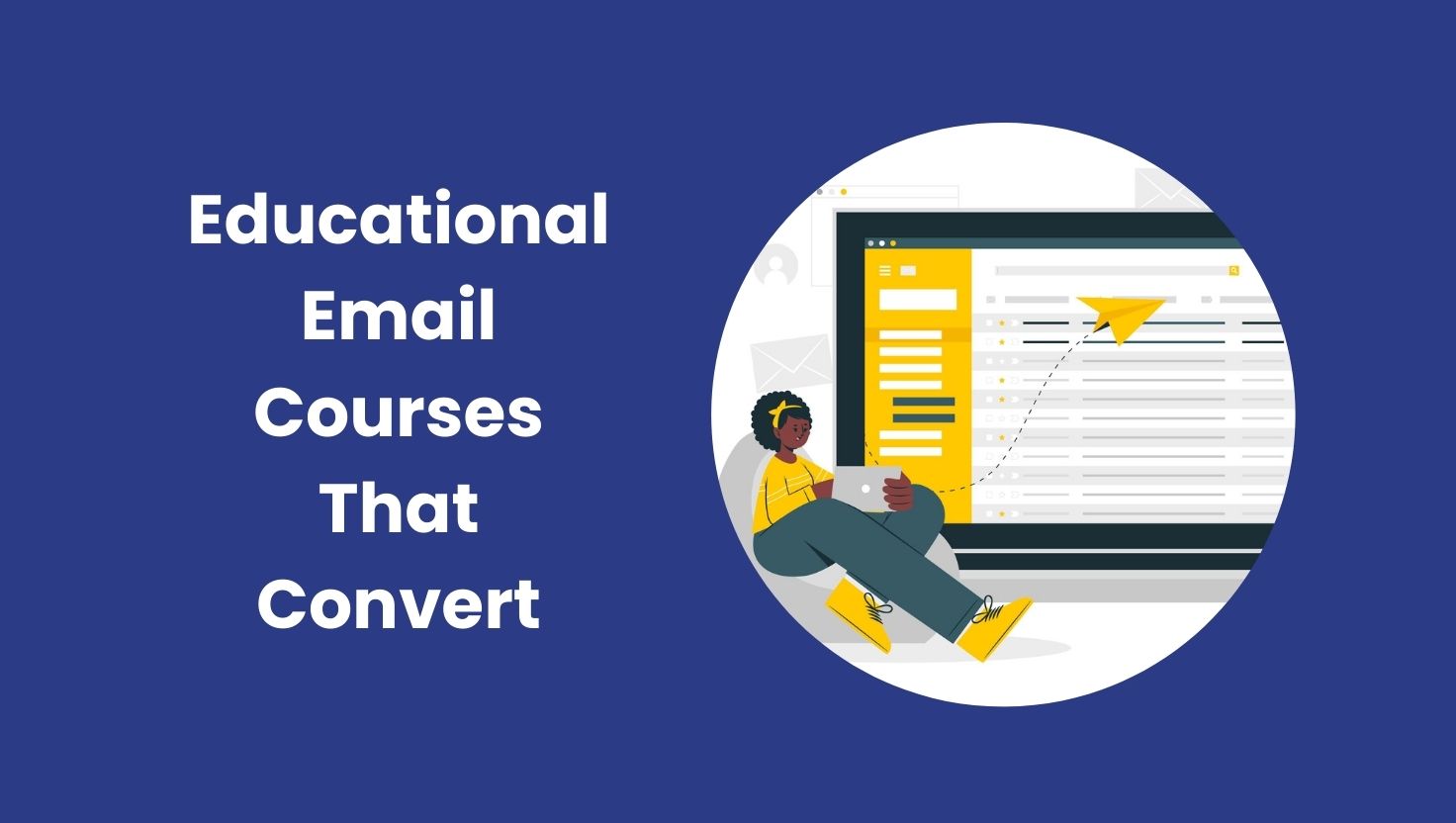
Not all email marketing is spammy. When you create a free email course, you’re giving people knowledge they actually want.
Think of this as a mini-class delivered to their inbox. A 5-day course like “Learn Local SEO in 5 Days” can warm up cold leads into hot buyers. You’re helping them before asking for a sale.
That’s the heart of inbound. And that’s why email courses are one of the smartest inbound marketing examples for lead generation.
3. Story-Based YouTube Channels
People don’t just want facts—they want connection. A YouTube channel that shares stories, behind-the-scenes, and real wins can hook your audience emotionally.
For instance, if you’re a real estate brand, share true stories about helping first-time buyers. Use storytelling, not selling.
YouTube is a search engine. So when people type questions, your videos pop up, making this one of the most underrated types of inbound marketing today.
4. Interactive Quizzes That Personalize the Experience
Quizzes are fun, and they work. Whether it’s “Which Marketing Strategy Fits You?” or “What’s Your Social Media IQ?”, people love clicking, answering, and discovering something new.
Use tools like Outgrow or Typeform to build a quiz that feels like a conversation. Once people finish, offer a free resource or product suggestion based on their answers.
This personal touch makes quizzes one of the most engaging inbound marketing examples you can use.
5. Answer-Based Blogging That Targets Search Intent
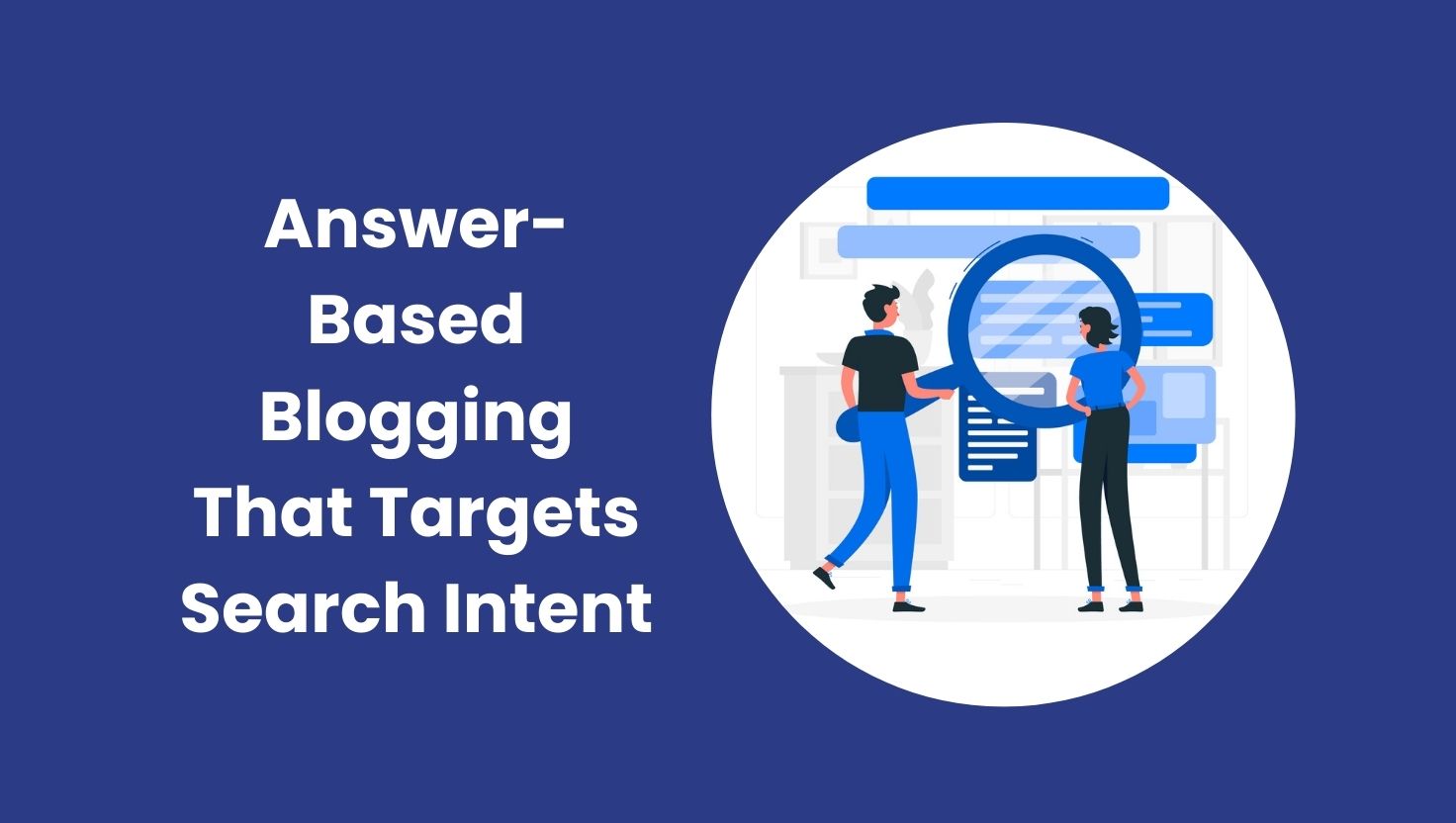
Most blogs fail because they talk about what the brand wants, not what the reader is searching for.
An effective inbound blog answers exact questions like:
- “How do I rank higher on Google?”
- “What is the best time to post on Instagram?”
Use tools like Google Autosuggest or AnswerThePublic to find questions. Then, create helpful posts around them. This simple blogging method is what powers many inbound marketing strategy wins in 2025.
6. Community-Driven Private Groups
Invite-only Facebook or WhatsApp groups work like magic. When people feel part of a “members-only” tribe, they stay, engage, and buy.
Imagine a private group for startup founders where you share exclusive tips every week. People join, stay active, and ask questions.
This builds brand loyalty without a single ad spend, making it one of the best inbound marketing examples companies are using today.
7. Case Studies That Build Instant Trust
Don’t just tell people you’re good—show them. A real case study that walks through how you helped a client go from zero to hero is powerful.
Break it down simply. “We helped X get 300% more leads using Y.” Use charts, before/after screenshots, and testimonials.
Case studies convert because they prove your method works. They’re not salesy—they’re trust-building content that fits perfectly into your inbound marketing examples toolkit.
8. SEO-Driven Landing Pages for Every Use Case
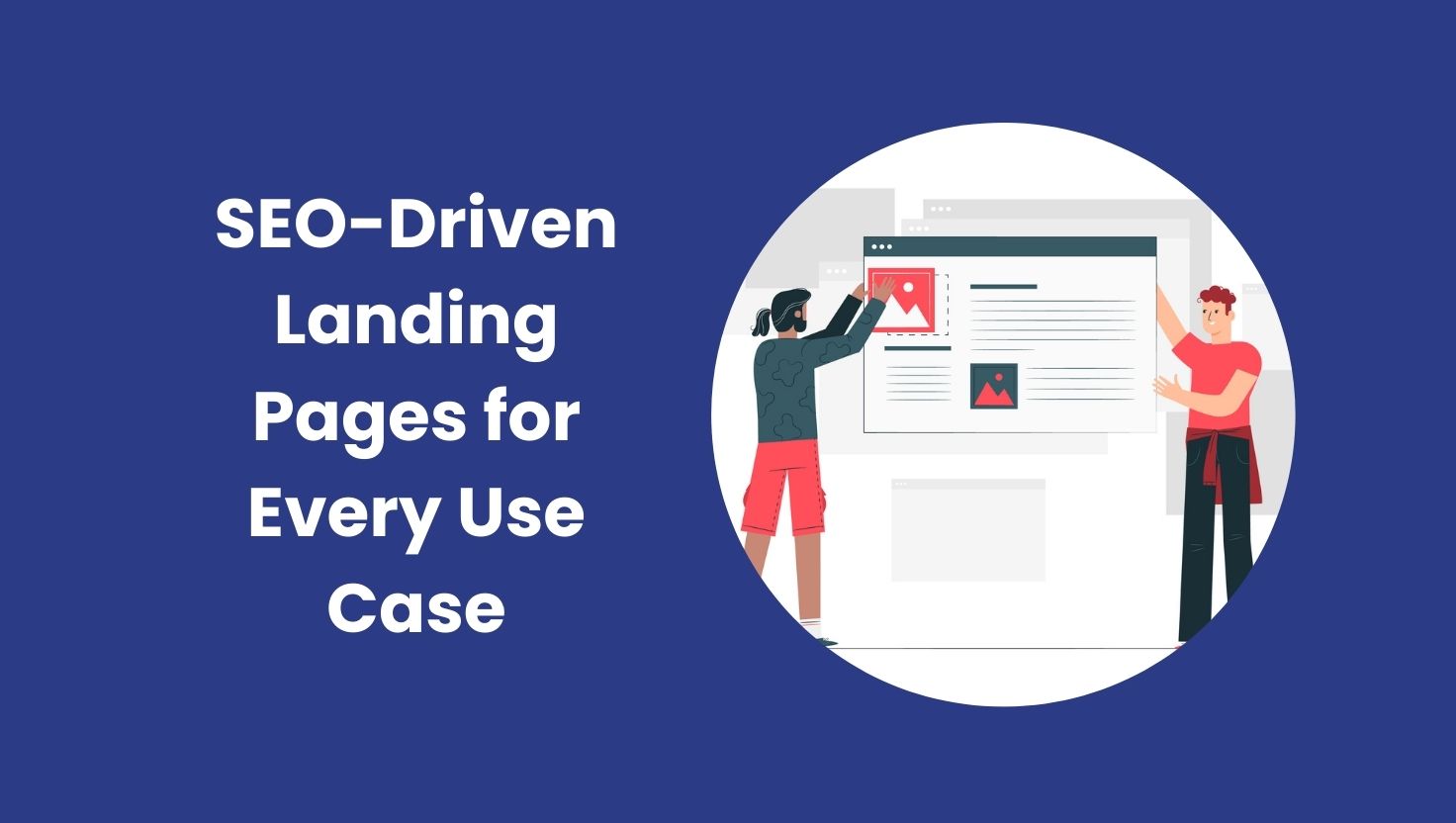
Create multiple pages targeting different use cases instead of one landing page for everyone.
Example: If you offer CRM software, build pages like:
- “CRM for Small Businesses”
- “CRM for E-commerce”
- “CRM for Freelancers”
This hyper-personalized method ranks better on Google and speaks directly to your audience’s needs, making it one of the smartest inbound marketing examples in India and globally.
9. Podcast Interviews with Niche Experts
Podcasts are booming in 2025. Hosting (or even just joining) podcasts lets you share your voice, your mission, and your value in a personal way.
Find niche experts your audience already trusts. Interview them and let them share the episode, too. You tap into their audience, build credibility, and grow organically.
This “slow burn” method may take time, but it’s incredibly effective when you’re serious about inbound marketing vs outbound marketing approaches.
Inbound Marketing: The 2025 Way
Marketing is no longer about who can shout the loudest. It’s about who can provide the most value first. These inbound marketing examples 2022 were a good start, but in 2025, we’ve leveled up. Now, it’s about real connection, personalization, and trust.
Remember, when comparing outbound vs inbound marketing examples, the difference is clear: outbound interrupts; inbound invites.
FAQs
What is an example of inbound and outbound marketing?
Inbound: A blog post that ranks on Google and attracts visitors. Outbound: A cold email sent to someone who didn’t ask for it.
What is considered inbound marketing?
Inbound marketing is any method where customers find you, like SEO blogs, helpful videos, podcasts, or social media content that adds value.
What is an example of an inbound lead?
An inbound lead could be someone who downloaded your free eBook or signed up for your webinar after finding your blog.
Is PPC inbound or outbound marketing?
PPC is usually outbound because you’re paying to interrupt users. But if the ad promotes helpful content (like a free tool), it can act like inbound marketing, too.
